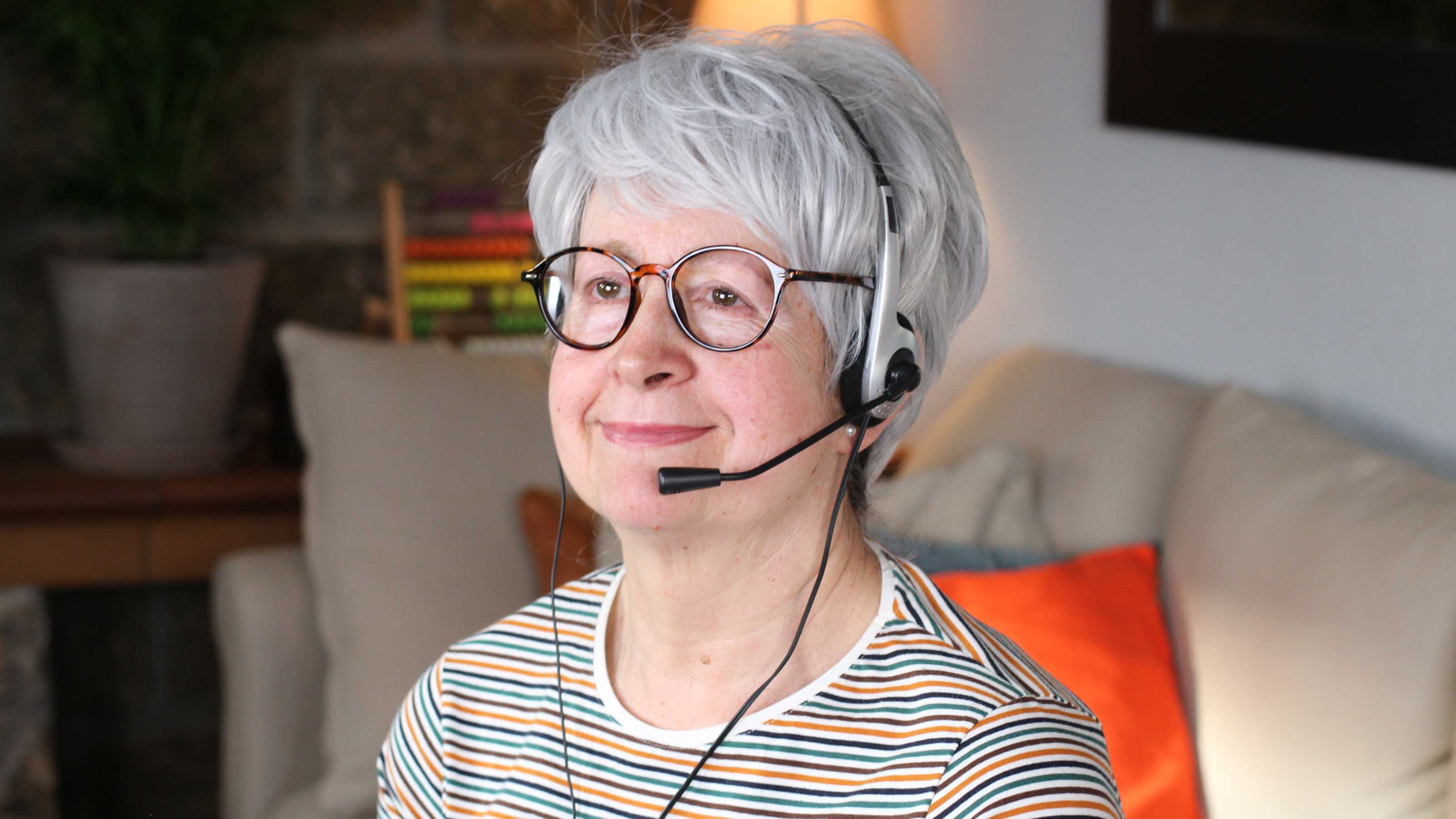Where to Stash Cash
Divvy up your money in a way that makes sense to you -- even if it doesn't follow the rules.

Americans have finally gotten religion when it comes to savings. After dropping to 0% in recent years, the personal-savings rate jumped to more than 4% early in 2009. Of course, that good news comes just as Americans are being encouraged to spend money to help lift the economy out of recession.
"So what's a patriotic American to do -- save or spend?" I wrote those words back in 1984, when the same conundrum presented itself.
The answer: Do whatever's best for you.

Sign up for Kiplinger’s Free E-Newsletters
Profit and prosper with the best of expert advice on investing, taxes, retirement, personal finance and more - straight to your e-mail.
Profit and prosper with the best of expert advice - straight to your e-mail.
Assuming that Econ 101 hasn't been turned completely on its head (like so much else these days), people do tend to act in their own best interests -- especially if incentives don't push them one way or another. That's where we got off track over the past few years. With the country awash in easy credit, especially for home buying, the incentives were skewed toward borrowing.
Now, with so many people concerned about paying off debt and reining in spending, the incentives are tilted in the opposite direction. But eventually all those individual decisions should add up to an economist's beloved equilibrium.
Setting priorities
Kiplinger's readers have more-direct questions about saving. "Okay," you say, "we're convinced. But where do we find the money to put aside, and how should we parcel it out? Emergency fund? Retirement? College? What about paying off debt?"
The best way to save money is to have someone else take it right off the top -- through either a retirement plan at work or some other automatic savings program -- before it burns a hole in your pocket. That's the case whether you make $50,000 or $250,000.
The standard rule is to put your money where you'll get the best return, which usually means taking full advantage of an employer match (if you still get one) in a work-based retirement plan. But I recommend that you divvy up your "pot" of money in a way that makes sense to you -- even if it doesn't follow the rules.
Nowadays, for example, you get a psychological lift from having money in the bank, even at a relatively low rate of interest. And this may sound like heresy, but sometimes it's okay to ratchet back on retirement savings and pay off debt if it helps you sleep at night.
Let's say you make $80,000 a year and want to put aside a nice, round 10%, or $8,000. If your emergency fund is anemic, kick in $2,000. If your employer matches up to 6% of your annual salary, you could contribute up to $4,800 to capture the full match. Got kids? Add $800 to their college fund. Use the remaining $400 to fund a Roth IRA.
But consider this alternative if you have high-interest debt: Set aside the same $2,000 for emergencies and $800 for college. Then cut back your retirement savings to $4,000 and put $1,200 toward paying off your credit-card balances.
Every family is different, of course. But you can adapt blueprints like these to suit your needs.
Top rates
Wherever you put your savings, we'll point you toward top-yielding certificates of deposit and money-market funds. If you're willing to take a bit more risk, read Jeff Kosnett's Where to Find Top Yields. If your kids' college fund has taken a hit, Jane Bennett Clark offers valuable lessons on how to rebuild it. And get the Lowdown on CDs from Joan Goldwasser.
Get Kiplinger Today newsletter — free
Profit and prosper with the best of Kiplinger's advice on investing, taxes, retirement, personal finance and much more. Delivered daily. Enter your email in the box and click Sign Me Up.

Janet Bodnar is editor-at-large of Kiplinger's Personal Finance, a position she assumed after retiring as editor of the magazine after eight years at the helm. She is a nationally recognized expert on the subjects of women and money, children's and family finances, and financial literacy. She is the author of two books, Money Smart Women and Raising Money Smart Kids. As editor-at-large, she writes two popular columns for Kiplinger, "Money Smart Women" and "Living in Retirement." Bodnar is a graduate of St. Bonaventure University and is a member of its Board of Trustees. She received her master's degree from Columbia University, where she was also a Knight-Bagehot Fellow in Business and Economics Journalism.
-
 Stock Market Today: Stocks Gain on Tech, Auto Tariff Talk
Stock Market Today: Stocks Gain on Tech, Auto Tariff TalkThe Trump administration said late Friday that it will temporarily halt tariffs on some Chinese tech imports.
By Karee Venema Published
-
 Sam's Club Plans Aggressive Expansion: Discover Its New Locations
Sam's Club Plans Aggressive Expansion: Discover Its New LocationsSam's Club expansion plans will open up to 15 new stores each year. Learn where they plan to open in 2025.
By Sean Jackson Published
-
 Stick With Your Plan
Stick With Your PlanFeature Timing the market is nearly impossible. The worst thing you can do is sell stocks when prices are tumbling.
By Mark Solheim Published
-
 Complain and Be Heard
Complain and Be HeardFeature Getting our money back for the extended warranty and gap insurance we didn't want took patience and persistence.
By Mark Solheim Published
-
 Getting Good Service
Getting Good ServiceFeature We rated the customer service of large financial service firms for accessibility, reliability, responsiveness and knowledgeable answers.
By Mark Solheim Published
-
 A Level Playing Field
A Level Playing FieldFeature Doug Glanville says baseball can provide a great example of teamwork, fairness and communication for the U.S.
By Mark Solheim Published
-
 Why I’m Optimistic
Why I’m OptimisticFeature If we look ahead and see straight—and focus on what’s good for all of us—we will emerge from the darkest hours even stronger.
By Mark Solheim Published
-
 Reaching for a Lifeline
Reaching for a LifelineFeature The theme of this issue is what to do about your money in the time of the coronavirus and a distressed economy.
By Mark Solheim Published
-
Home Sweet Asset
Feature A home is a valuable and versatile financial tool that can help you increase your wealth.
By Mark Solheim Published
-
 100 Years of Advice
100 Years of AdviceFeature Happy birthday to us! We’ve got plenty of trustworthy, valuable advice for the future, too.
By Mark Solheim Published